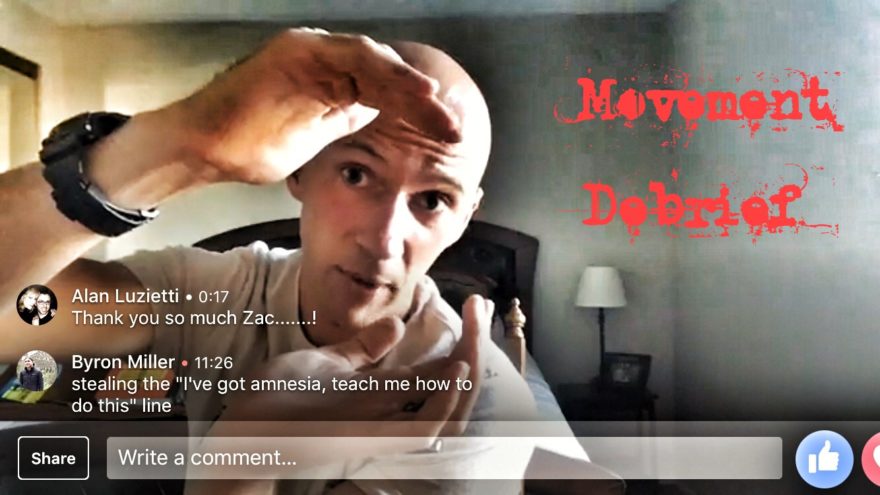Tag: physical therapy
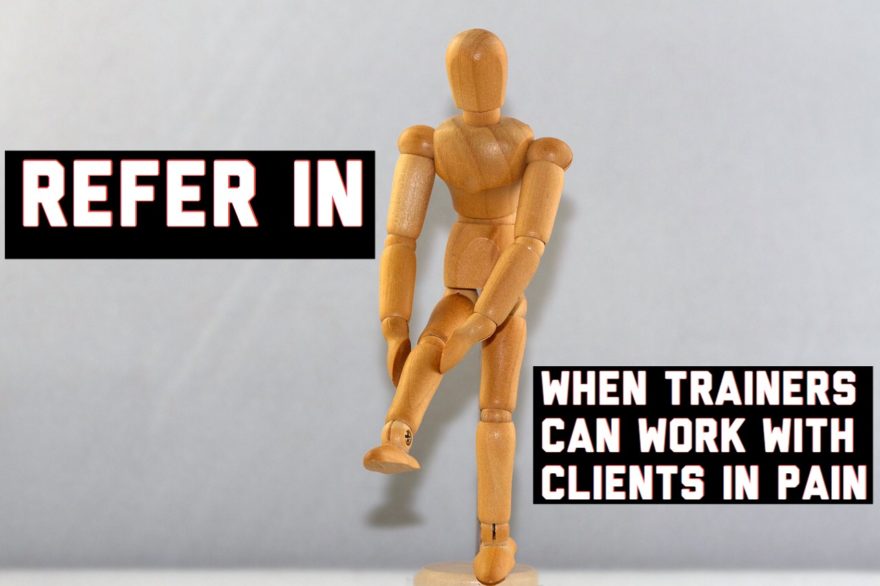
Refer In: When Trainers Can Work with People in Pain
It is a common recommendation to immediately refer clients in pain to a medical practitioner. However, immediate referral is oftentimes…
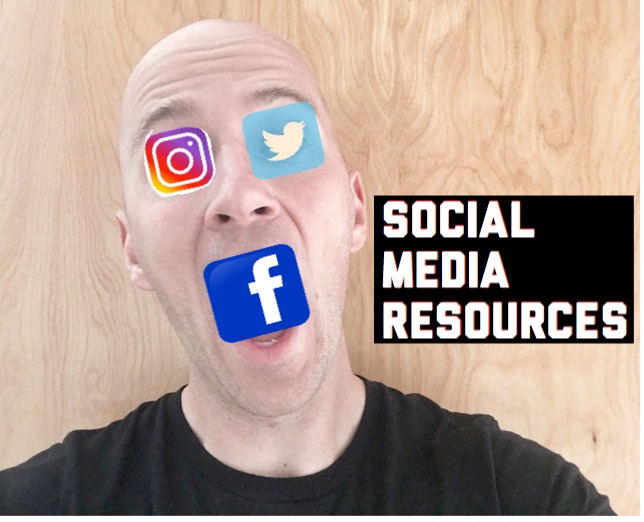
Social Media Resources
I was asked recently about how I utilize social media. Namely, who I follow, why I follow them, so on…
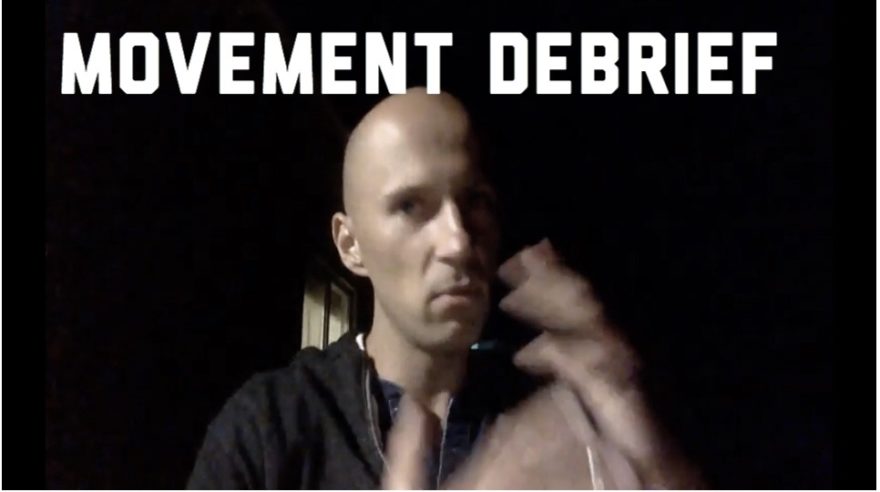
Thoracic Outlet Syndrome, New Grad Advice, and Interview Questions – Movement Debrief Episode 21
Movement Debrief Episode 21 is in the books. Here is a copy of the video and audio for your listening…
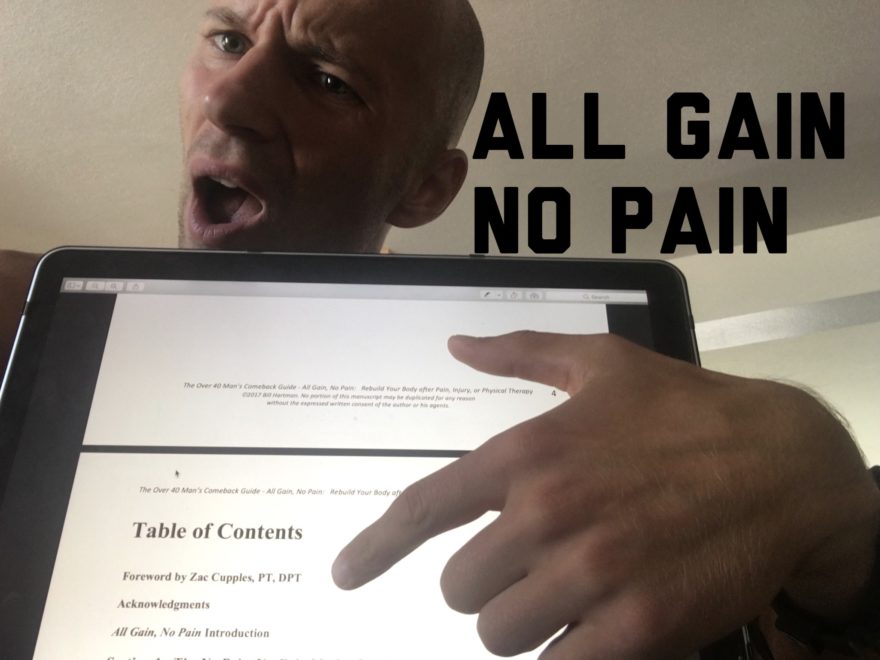
All Gain, No Pain Foreword
All Gain, No Pain releases today. If you haven’t grabbed your copy of it yet, what the heck are you…
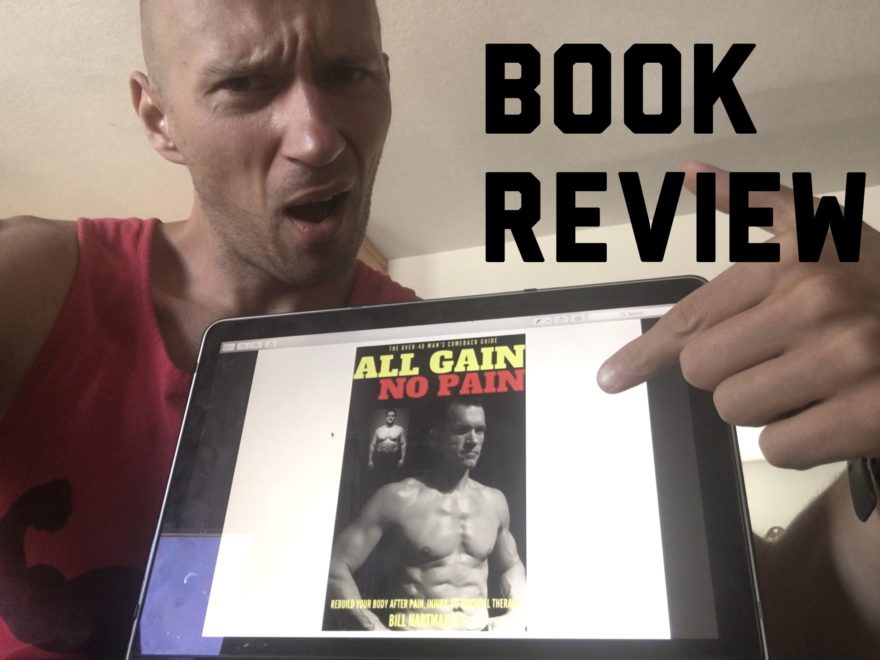
All Gain, No Pain Book Review
For those of you who don’t know, my colleague, mentor, friend, and Daddy-O Pops Bill Hartman is about to release…
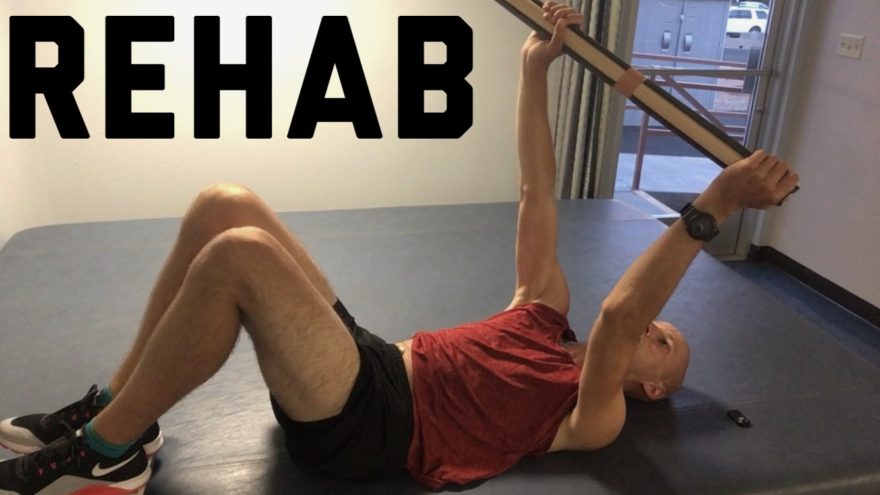
How to Design a Comprehensive Rehab Program
Just when I thought I was out, the clinic pulls me back in. Though I’m glad to be back. There’s…
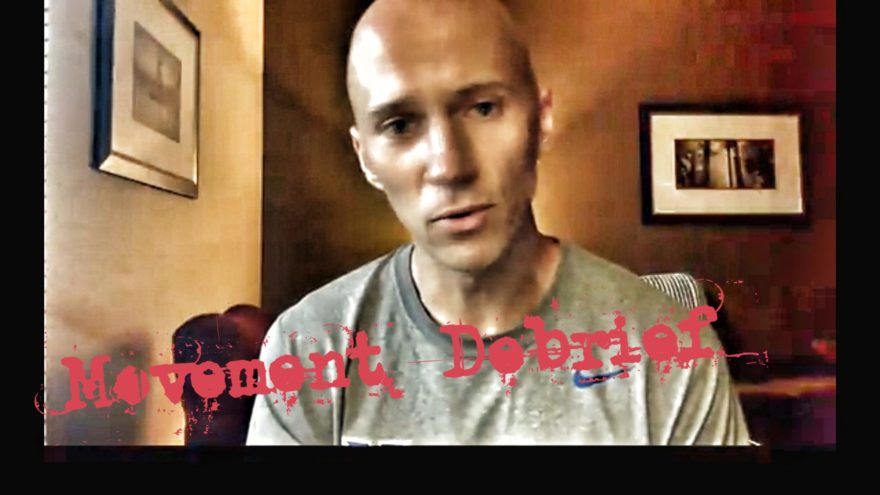
Teaching Movement, Expanding PT, Embracing Failure: Movement Debrief Episodes 2 & 3
Here are this week’s Movement Debriefs. I’m hoping to get on a regular schedule once I get settled into my…
Come Hang With Me: Courses At My Clinic
Dear Readership We are hosting several courses at my clinic this year, and we would love to have you, the…
The End of Pain
I’m Done Treating Pain. Yes. You read that correctly. I’m over it. Several different thoughts have crept into to my…
Course Notes: PRI Integration for the Home
The Pilgramage One of the many reasons I was drawn to make the trek to Lincoln was to experience my…
My 50th Post: Motivation to Learn
A Little Personal It is hard to believe that I have already written my 50th post after starting this blog…

